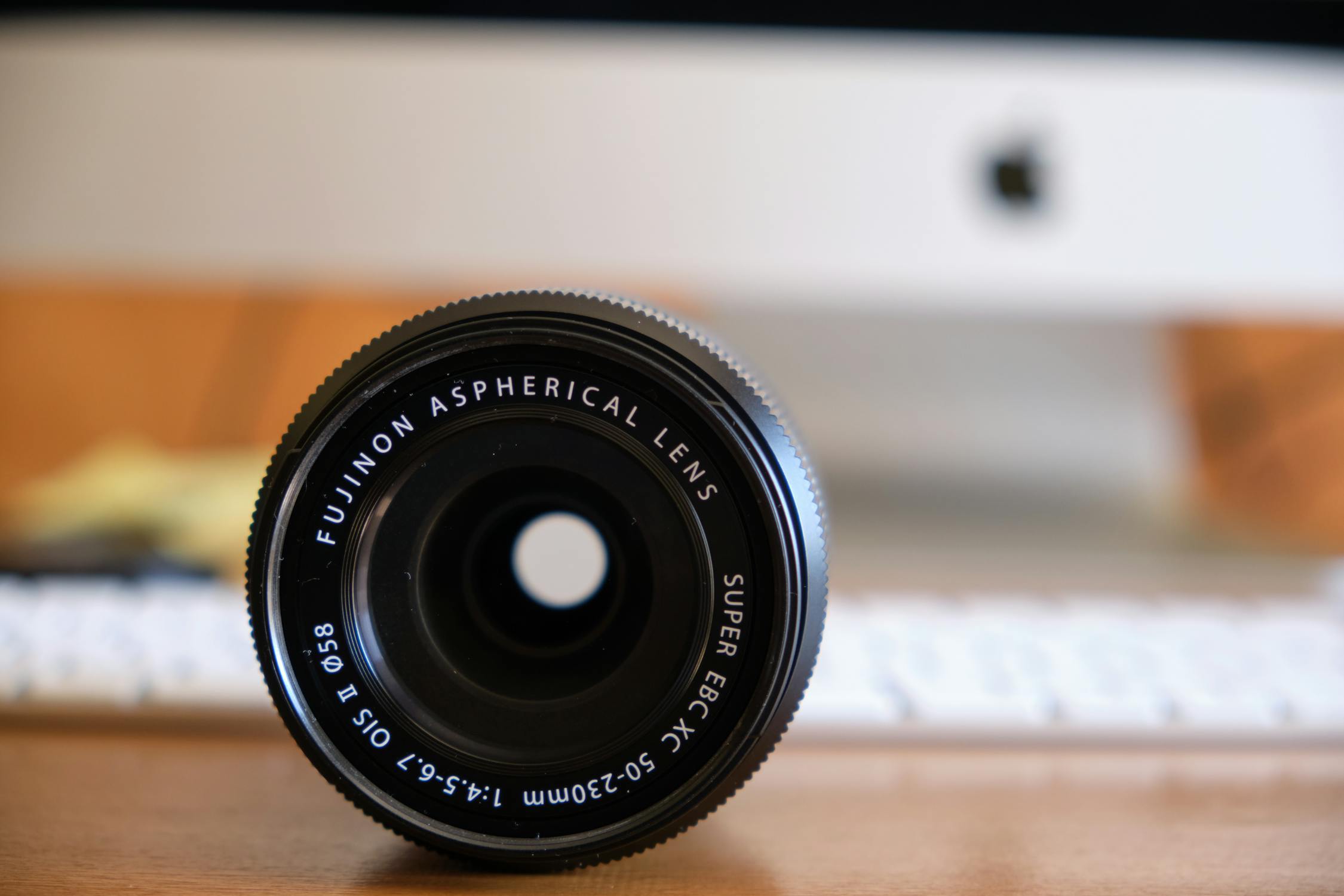Using Neutral Density Filters
When it comes to photography, capturing the perfect shot often requires more than just skill and a keen eye. One tool that can significantly enhance your photos is the neutral density (ND) filter. This unassuming piece of equipment can transform ordinary scenes into extraordinary images by allowing for greater control over exposure and creative effects.

Whether you're a seasoned photographer or an enthusiastic beginner, understanding how to use ND filters can elevate your work to new heights.
Neutral density filters are essentially sunglasses for your camera lens. They reduce the amount of light entering the lens without affecting the color balance, allowing for longer exposure times and wider apertures even in bright conditions. This capability is particularly useful for landscape photography, where controlling exposure is crucial for capturing stunning vistas with balanced lighting and rich detail. By mastering ND filters, photographers can achieve effects such as smooth water surfaces, motion blur in clouds, and even dramatic light trails.
Understanding the different types of ND filters and their specific uses is essential for making informed choices. There are various strengths of ND filters, typically measured in stops, which indicate how much light they block. For example, a 3-stop ND filter reduces light by a factor of eight, while a 10-stop filter cuts it down by a thousandfold. Choosing the right filter depends on the lighting conditions and the creative effect you aim to achieve. The versatility and simplicity of ND filters make them an indispensable tool in any photographer's kit.
Types of Neutral Density Filters
Neutral density filters come in several varieties, each suited to different photographic needs. The most common types include fixed ND filters, variable ND filters, and graduated ND filters. Fixed ND filters have a set level of light reduction and are ideal for consistent lighting conditions. Variable ND filters offer adjustable light reduction by rotating the filter ring, providing flexibility in changing environments. Graduated ND filters have a gradient transition from dark to clear, perfect for balancing exposure in scenes with varying light levels, such as sunsets.
Fixed ND filters are straightforward and reliable. They are available in various strengths, typically ranging from 1-stop to 10-stops or more. These filters are perfect for achieving specific long-exposure effects or controlling depth of field in bright settings.
Variable ND filters provide a range of light reduction in one filter, usually between 2 to 8 stops. This adjustability makes them versatile for different shooting scenarios without needing to switch filters constantly. However, they can sometimes introduce unwanted color casts or vignetting at extreme settings.
Graduated ND filters are essential for high-contrast scenes where one part of the image is significantly brighter than the other. They help balance the exposure between the sky and the ground in landscape shots, ensuring neither is overexposed or underexposed.
Choosing the Right ND Filter
Selecting the appropriate ND filter depends on your specific needs and shooting conditions. For general long-exposure photography, a 6-stop or 10-stop filter is often sufficient. These allow for extended exposure times even during daylight hours, creating smooth water effects or capturing cloud movement.
If you frequently shoot in varying light conditions, a variable ND filter might be more practical. It provides flexibility without carrying multiple fixed filters. However, be mindful of potential quality issues at extreme settings.
For landscape photographers dealing with high-contrast scenes, graduated ND filters are invaluable. They help maintain detail in both the sky and foreground by balancing exposure across the frame.
| Filter Type | Best Use |
|---|---|
| Fixed ND Filter | Consistent lighting conditions |
| Variable ND Filter | Changing lighting environments |
| Graduated ND Filter | High-contrast scenes (e.g., landscapes) |
Using Neutral Density Filters Effectively
To maximize the benefits of using ND filters, it's essential to understand how to apply them correctly. Start by setting up your composition and focusing without the filter attached. Once you have your shot framed and focused, carefully attach the filter without disturbing your setup.
When using high-strength ND filters (e.g., 10-stop), you may need to use a tripod due to longer exposure times. This helps avoid camera shake and ensures sharp images. Additionally, consider using a remote shutter release or timer to minimize vibrations during exposure.
Experiment with different exposure times to achieve various effects. For instance, extending exposure time can smooth out water surfaces or create dynamic cloud streaks. Adjusting aperture settings can also influence depth of field and overall image sharpness.
Post-Processing Tips for Photos with ND Filters
Even with careful planning and execution, post-processing plays a crucial role in refining images taken with ND filters. Software like Adobe Lightroom and Photoshop offers powerful tools for enhancing details, adjusting exposure levels, and correcting any color casts introduced by the filter.
Begin by fine-tuning the overall exposure and contrast to bring out details in both shadows and highlights. Use graduated filters within Lightroom to further balance exposure if needed.
If your image has a color cast due to the ND filter, utilize white balance adjustments or selective color corrections to restore natural tones.
Cropping and straightening may also be necessary to perfect your composition after accounting for any slight misalignments during shooting.
The use of neutral density filters opens up endless creative possibilities for photographers at all levels. From achieving silky smooth water effects to capturing dramatic skies, these filters offer unparalleled control over exposure settings in various lighting conditions. Learning the techniques to choose and apply different types of ND filters empowers photographers to elevate their craft significantly.